Capture your little ones' attention with the riveting books of Bill Martin, Jr. Enjoy the cadence of his best-known works as you and your children practice sorting activities for all ages.
Bill Martin, Jr. (March 20, 1916 - August 11, 2004), children's author of more than three hundred books, was born and raised in Kansas to a middle-class family of six sons. Martin struggled with reading until college when he began to memorize the poetry his professors read aloud and could finally make the connection between the audible and written words. He earned his doctorate in early childhood education; his primary goal was to unlock this connection for young children by creating memorable literature. Following his doctorate, Martin taught various courses within the English department at high schools in Kansas.
During World War II, he worked as a newspaper editor for the Army Air Force. During this time, Bill Martin, Jr. wrote his first book, The Little Squeegy Bug, which sold more than one million copies after being praised by Eleanor Roosevelt. In 1972, Martin became a full-time writer, focusing on the rhythm of words within children's poetry. In doing so, Martin intended to repeat words and phrases so that children would commit them to memory and be able to find those words on a page and eventually read them. He won dozens of literary awards; the Bill Martin, Jr. Award for Kansas' best children's picture book was created in his honor in the mid 1990s. 1
Enjoyable Works
Martin's ability to capture children's attention through rhythm and interesting animals has placed the following books among his most well-known and most-enjoyed works.
Brown Bear, Brown Bear, What Do You See?
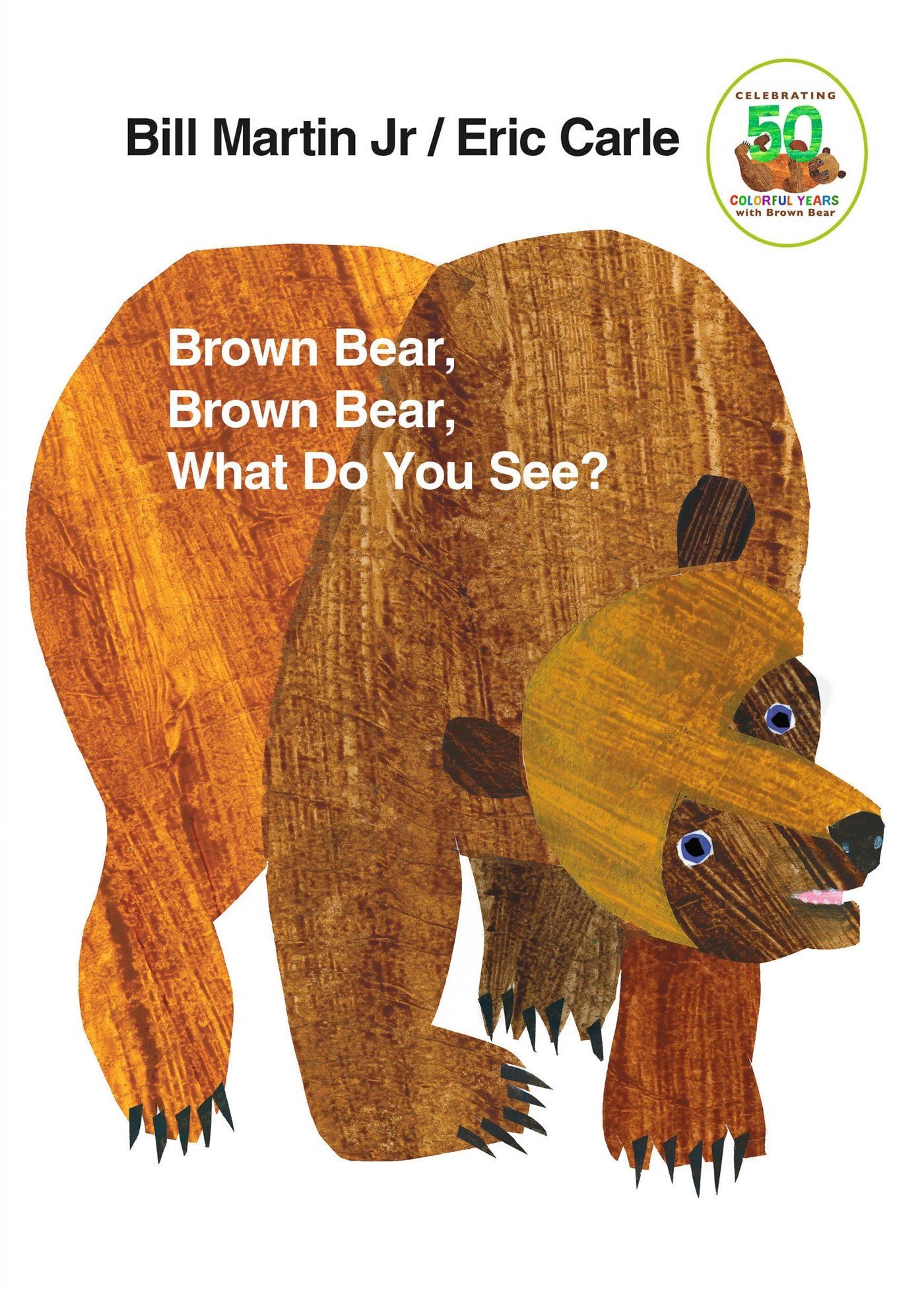
Panda Bear, Panda Bear, What Do You See?
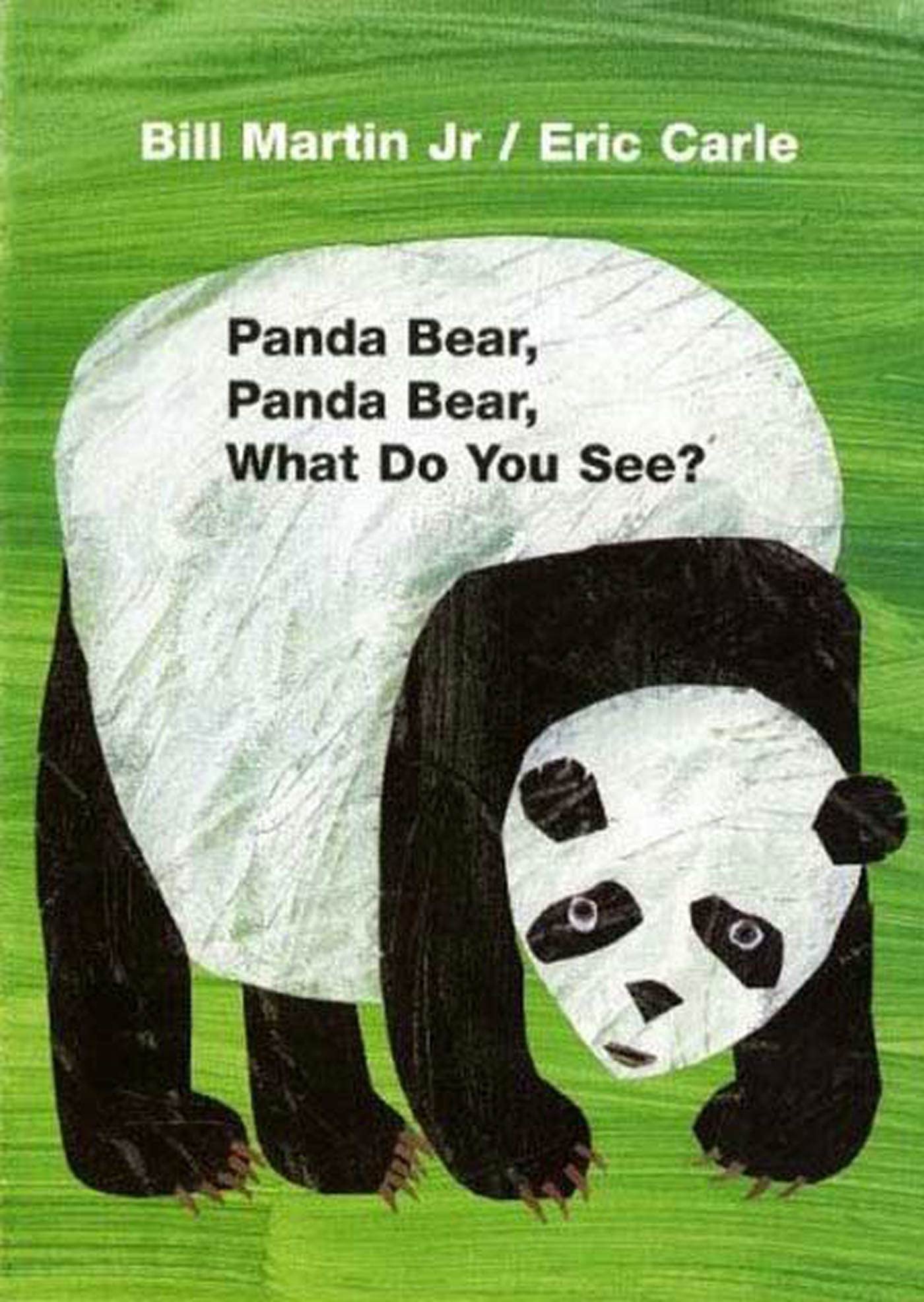
Polar Bear, Polar Bear, What Do You Hear?
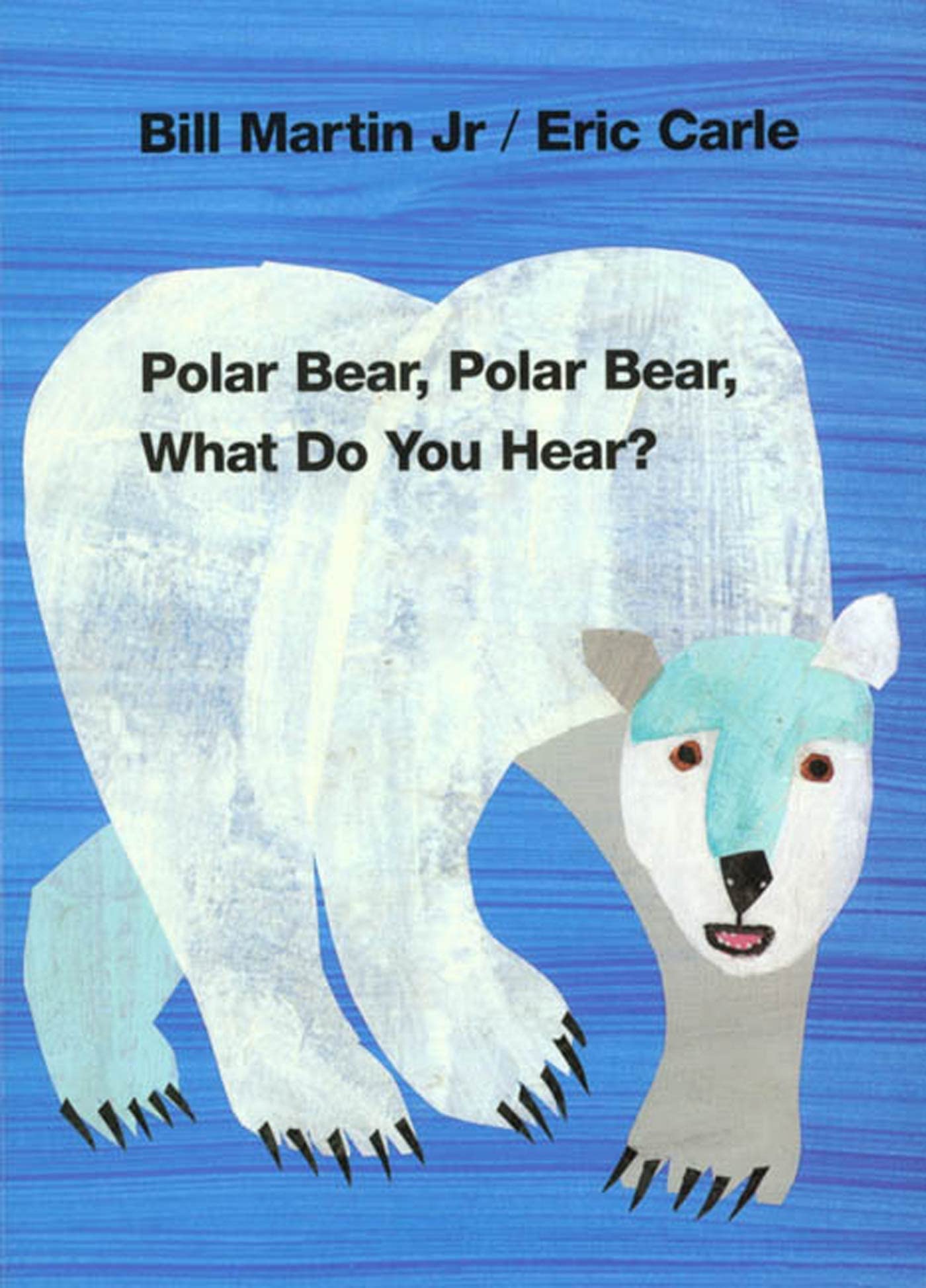
Ten Little Caterpillars
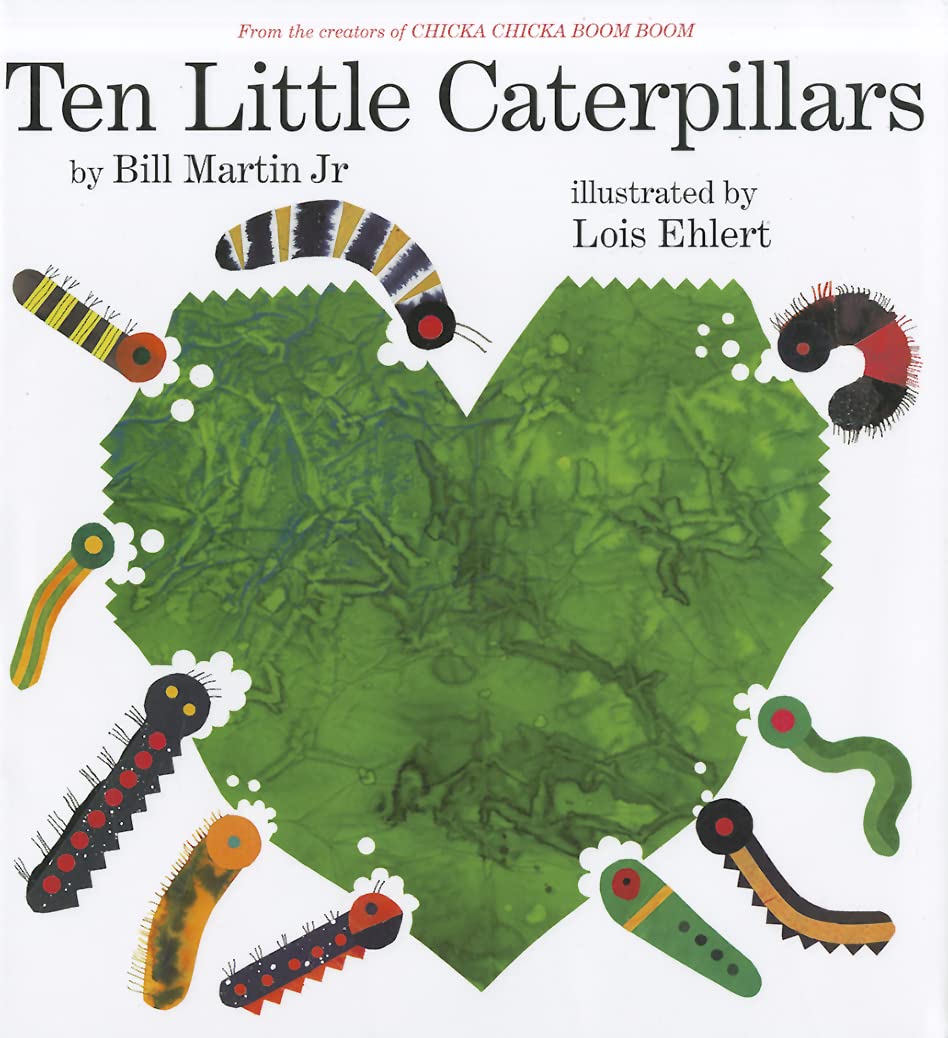
Geography
Bill Martin, Jr.'s books highlight animals from around the world and can present a great opportunity to expose your children to coordinate systems used to identify geographical locations.
This activity provides practice in plotting points of latitude and longitude.
Cartographers, astronomers, and navigators, even in ancient times, have sought ways to thoroughly describe locations on the globe in a uniform manner. In the third century B.C., Eratosthenes developed what would be considered the first system of latitude and longitude. However, his beginning line of longitude passed through Alexandria and lines of latitude passed through known cities, meaning that they were not equally spaced and often not straight lines. In the next century, Ptolemy updated this approach to include curved lines to account for the curve of the earth. Although this manner included many errors, the basis for the modern approach of labeling latitude and longitude finds its basis in Ptolemy's method. A basic understanding of latitude and longitude is presented in the following video.
Copywork
Bill Martin, Jr. expresses his personal understanding of the impact that reading aloud can have on a child in his statement below.
-Bill Martin, Jr.
Reading aloud accomplishes so much in helping our children learn to read and become lifelong learners. Even beyond the academic benefits for our children are the connections and memories we can create with our children when reading aloud to them. Pair reading aloud with an activity--having milk and cookies, them folding laundry, reading on a picnic blanket or in a fort with a flashlight--to create memories with your children.
This copywork has two options: copying the quotation or copying animal names. Younger children may enjoy focusing on the animal names, while older children could practice on both pages, first copying the quotation and then selecting animal names to practice using cursive writing.
Extensions
This month's extension gives children practice sorting objects. This pre-math skill is frequently overlooked as families focus on counting and basic calculations. 2 Children of all ages benefit from multiple opportunities to practice this skill in a variety of settings. The first group of activities are geared toward the youngest of learners, perhaps up through age five; while the second group is created with slightly older children (ages six through ten) in mind. Each activity can be adapted to a child's ability by optimizing the choice of animals--increasing the number of animals may add some complexity, while reducing the number of animals may make the older activities accessible for younger children.
This link provides the animal cards needed for each activity. Print these animal cards on cardstock and/or laminate them for durability. The sorting mats needed for each activity are provided below; in addition, alternatives are provided in italics. Possible solutions are included at the conclusion of many of the activities.
Youngest Learners (up to age 5)
Assist children as they sort the animal cards by each of the following criteria:
By color
- Color Mats
- Any singular-colored object could be substituted. For example, ask children to place green animals with a green block or black animals on a black plate.
- Some animals may be difficult to sort as they are multi-colored. Depending on your child, these animals could be removed from the activity, placed in their own "many colors" category, or placed in the closest matching color category. For example, a zebra could be placed in the "black" or "white" category, a "many colors" category or removed from the activity.
By where they live (wild, pet, farm)
- Where Animals Live Sort
- A toy farm and a toy house could be substituted for farm animals and pets. Any other container could be used for wild animals, as they are not farm animals or pets.
- Some animals fit multiple categories. This leads to an opportunity for good discussion. Allow children to place animals in the category of their choice if they can accurately support their selection.
By number of legs
- Number of Legs Mat
- Toy animals with 0, 2, 4, or 6 legs could be substituted. For example, ask children to find animals with no legs like a toy snake, two legs like a toy bird, four legs like a toy dog, or six legs like a toy insect.
- This activity would be a good opportunity to discuss God's creative handiwork through symmetry. Animals have an even number of legs; any anomalies are due to the Fall.
By size
- Choose 3-5 animals for children to order by size.
- Including more animals or animals that are similarly sized would extend this activity to older children.
- Particularly with younger children, be sure to select animals that have obvious categories. For example, by selecting the frog, sheep, and hippopotamus, children can more easily classify their sizes.
Memory matching game
- Animal Cards (print twice)
- For the youngest of children, select a few animals and place the matching cards face up to allow children to practice the idea of finding the same animal. This can be extended to include more animals while playing with the cards face up or beginning to play face down. Even the oldest child will be challenged with this game if all thirty pairs of cards are in play.
Middle Learners (ages 6 to 10)
By continent or ocean
- Continent Sort
- Please note that some animals may reside in multiple continents. Students need only place each animal card on one continent or ocean.
- To add a challenge to the activity, ask students to place animals in places where they do not live. After doing the activity once, you may want to remove Antarctica as a choice for where animals do not live.
By number of syllables
- Syllables Mat
- Have younger children clap along to find the syllables within a word. For example, children would clap twice for the two syllables in "pan-da." Two syllable words are easiest for children to recognize.
By type of eater
- Type of Eater
- This activity provides opportunity for children to be introduced to parts of words and how studying their derivation can help us know the meaning of new words. For example, omnivore is comprised of "omni" (all) and "vore" (one who eats or devours), so an omnivore eats all foods. Likewise, herbivore comes from "herb" (plant) and "vore" (one who eats or devours), so an herbivore eats plants. Finally, carnivore comes from "carne" (meat) and "vore" (one who eats or devours), so a carnivore eats meat. Introducing Latin roots such as the ones listed above will expand children's vocabularies quickly.
By alphabetical order
- Select three to five animals to alphabetize by family name, i.e., use "panther" rather than "black panther."
- Increasing the number of animals or selecting animal names that begin with close letters in the alphabet would increase the difficulty of this activity.
By biomes
- Biomes Mat
- Earth is divided into five basic biomes based upon similar climate: aquatic, grassland, forest, desert, and tundra.
- Aquatic biomes are either freshwater, such as ponds, rivers, or lakes, or marine, such as the ocean, coral reefs, or estuaries.
- Grassland biomes are either tropical savannas or more temperate prairies.
- Forest biomes include tropical, temperate, and taiga or boreal. Boreal forests are found in high altitudes with mostly snow as precipitation.
- Desert biomes include both hot and cold deserts.
- Tundra biomes are treeless areas characterized by frigid temperatures.
Additional Resources
DK Encyclopedia of Animals
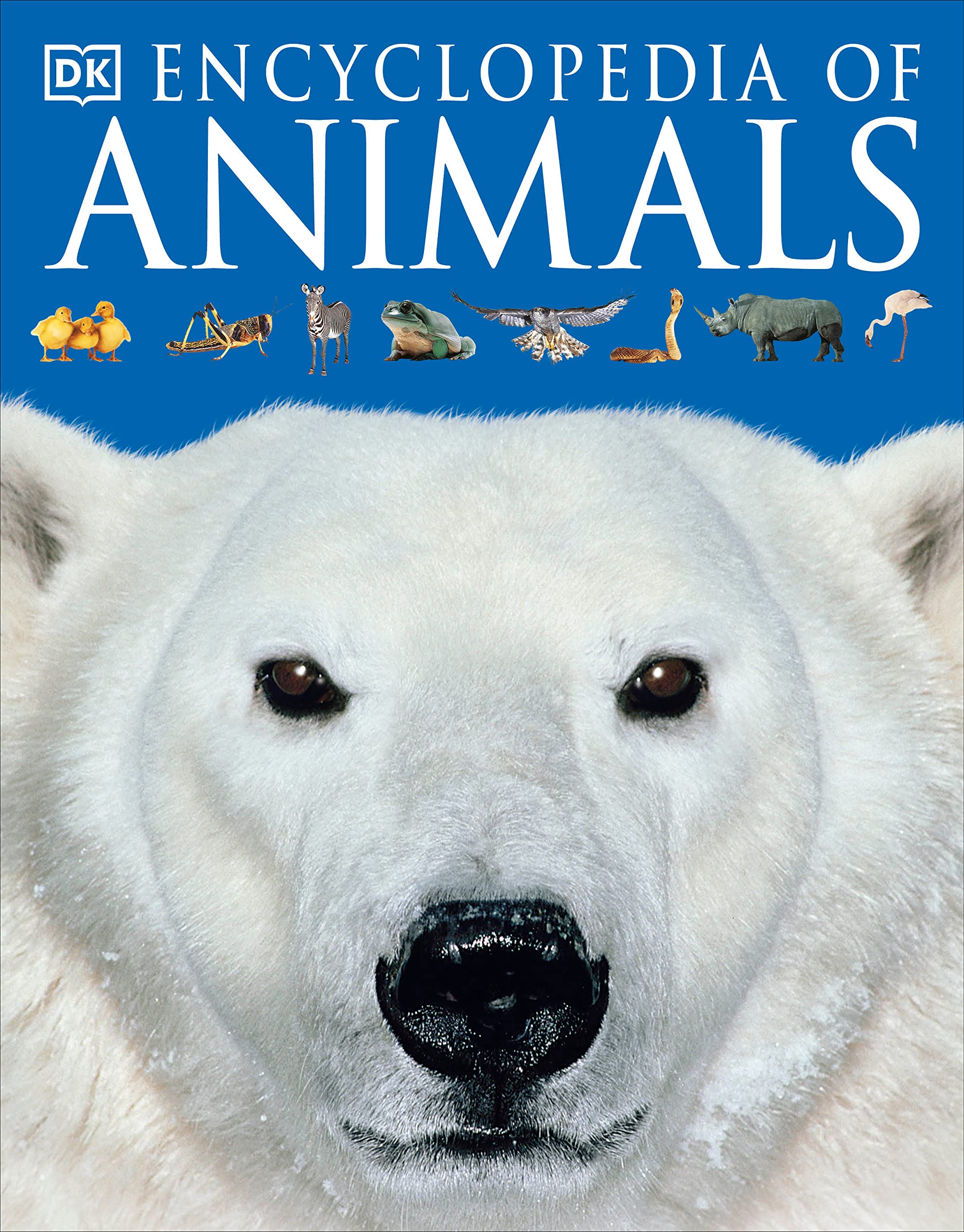
Children's Atlas of God's World
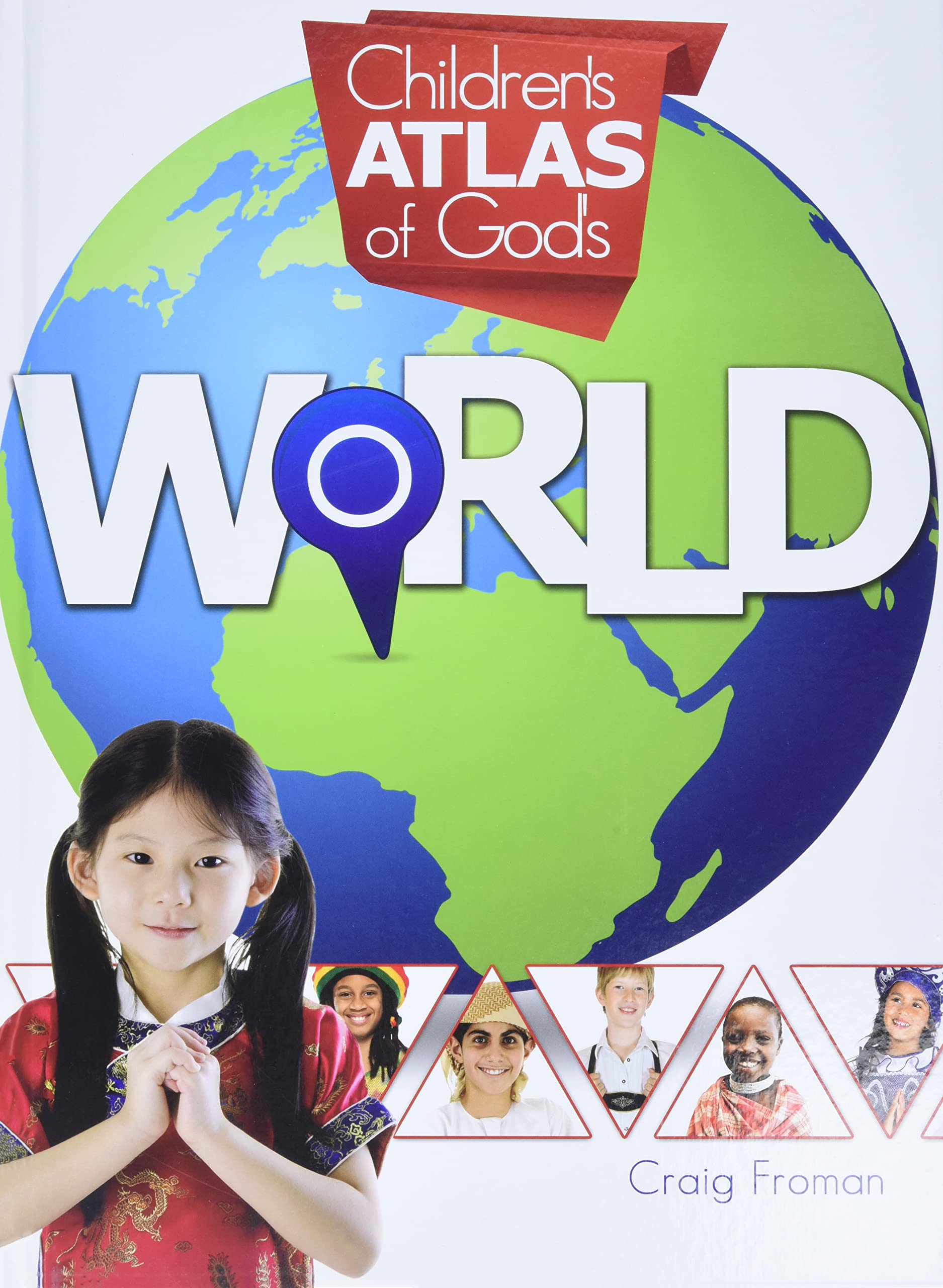
Footnotes
1.
Bill Martin Jr. - Wikipedia
2.
EJ1309800.pdf (ed.gov)


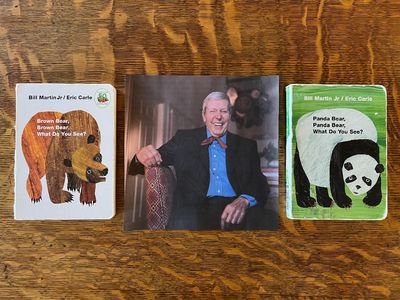

Join the conversation